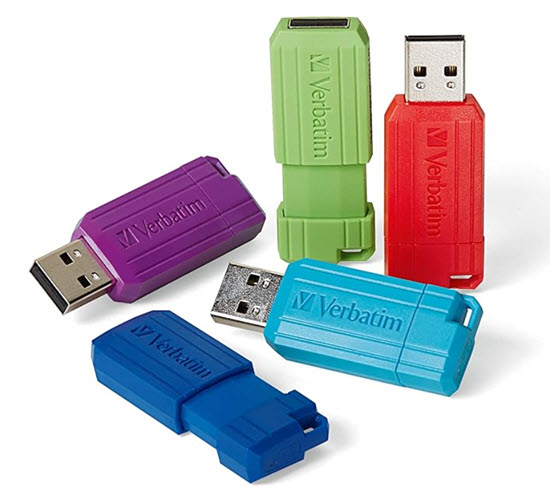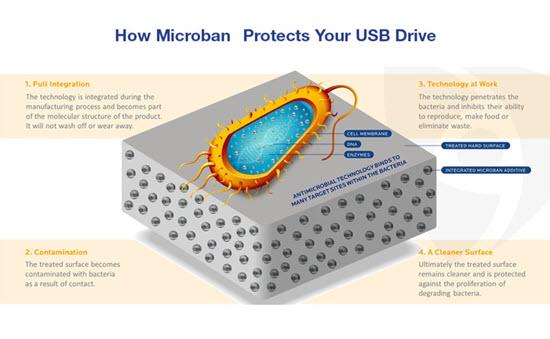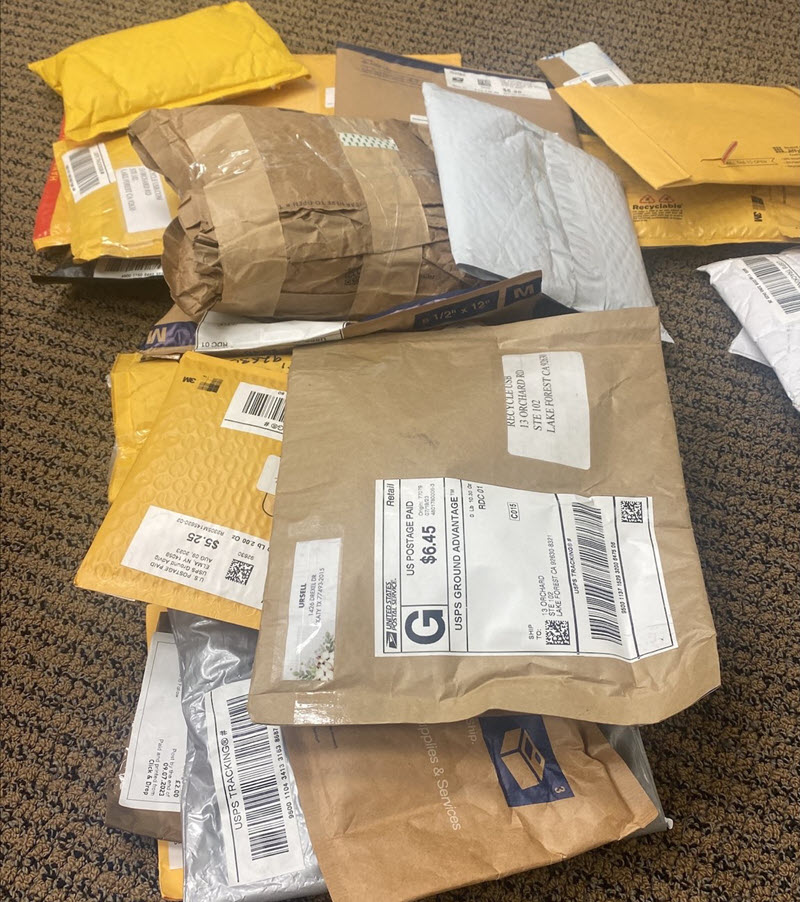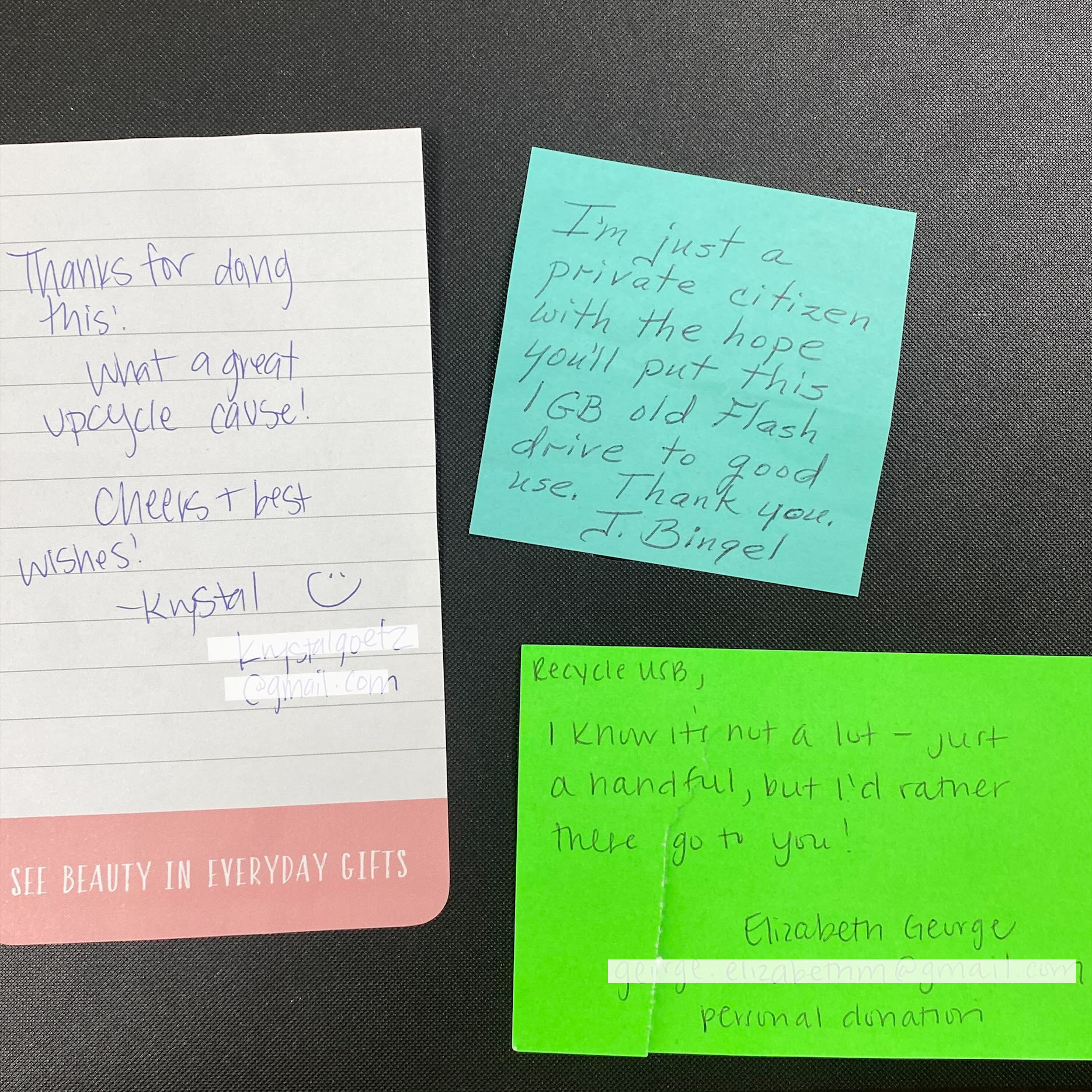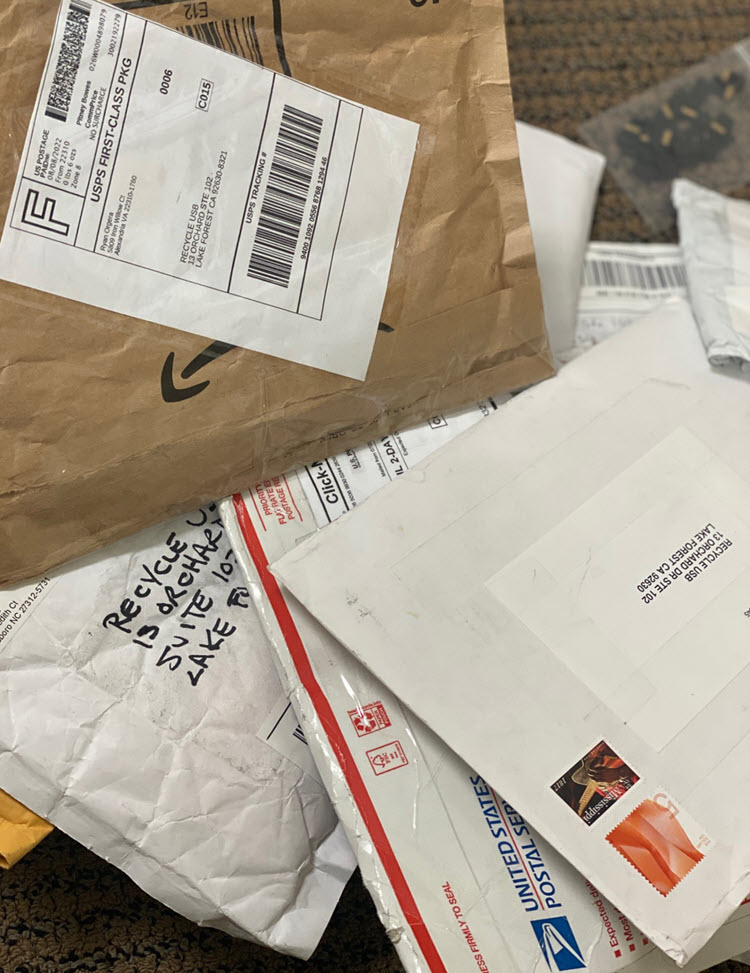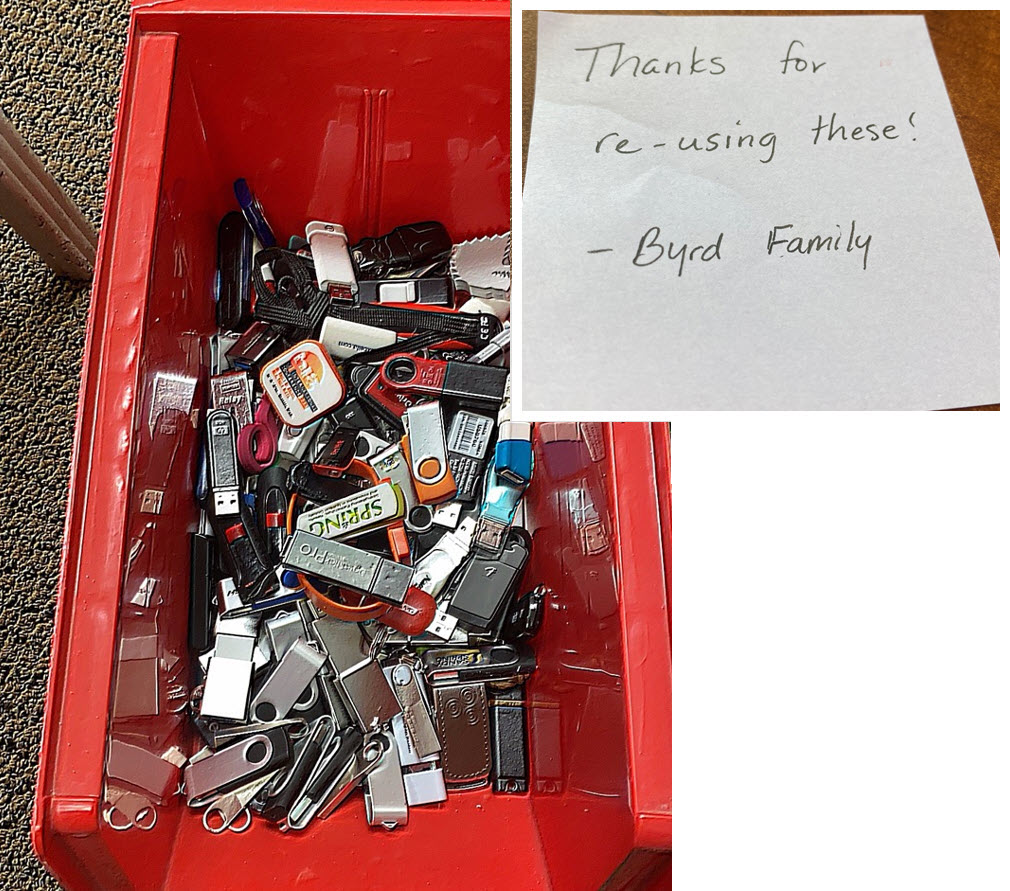Is There Any Real Recycling Value in USB Flash Drives?

When it comes to recycling electronics, most people focus on larger items like computers, printers, or cell phones. But what about those dozens of USB flash drives floating around your office desk drawer or tossed into old boxes in the garage? You may wonder whether these small devices hold any real value when it comes to recycling; either for their raw materials or their reusable components.
The short answer is no! At least not individually. USB flash drives are compact, low-cost storage devices that pack just a few key components inside, and none of them carry significant monetary value on their own.
This is why recycling your USB flash drive to an organization like “RecycleUSB.com” is a better alternative.
RecycleUSB.com is a non‑profit initiative that transforms old or unused USB flash drives into portable learning devices for children, primarily in under-resourced parts of the world. Donors send functioning USB drives (typically 1 GB or larger), which are securely wiped using Department of Defense–grade methods and then formatted and loaded with the Sugar “Sugar on a Stick” Linux-based educational environment. These rejuvenated drives are sent on to Sugar Labs’ global distribution network to support students in places that lack computer access.
By participating, individuals and organizations contribute to several beneficial outcomes.
- First, they help reduce electronic waste, keeping plastic, metals, and circuit boards out of landfills.
- Second, they promote data security each drive is thoroughly erased before reuse, so personal information cannot be recovered.
- Third, participants directly empower children and educators: providing a low-cost, reusable computer on a stick enables access to educational software anywhere; even in areas without reliable power or internet.
Anyone with a working USB stick can donate. Three easy steps:
- Collect your drives.
- Ship drives to Recycle USB (California)
- Include a note to possibly get published as a “Thank you”
This transparency reinforces trust and shows donors the collective impact tens of thousands of drives have already been processed and sent to schools worldwide.
People and organizations should take part because it’s a practical, low-effort action that yields real world benefits by supporting sustainability, ensures secure disposal of data devices, and extends educational technology to underprivileged learners. Instead of being discarded or minimally recycled for scrap, these USB drives gain a second life as powerful tools for global learning, turning a small gesture into a meaningful impact.
Is there even value to e-cycle a USB flash drive?
What’s Inside a USB Flash Drive?
A typical USB flash drive consists of three core elements: a NAND flash memory chip, a USB controller chip, and a small printed circuit board (PCB). These are enclosed in either a plastic or metal shell, sometimes with a keyring or retractable mechanism.
The NAND flash chip is the heart of the device, where all your data is stored. While NAND memory is crucial in the world of storage, it has virtually no resale value once used; especially if it’s a low-capacity chip from an older drive. A 4GB NAND chip on the secondary market, for instance, might fetch less than \$0.10 if sold in bulk, and even then it may be considered obsolete or unreliable for reuse.
The USB controller chip, which handles communication between the computer and the flash memory, is also of minimal value. These are often manufacturer-specific and not worth salvaging. They retail for pennies when purchased new in bulk, and they are even less valuable when pulled from an old device with unknown wear.
Precious Metals? Only in Trace Amounts
A common myth is that USB sticks contain gold or silver that can be extracted for profit. While it’s true that USB connectors may contain trace amounts of gold plating; particularly on the contacts to resist corrosion; the quantity is so small that recovery is only viable when processing thousands of units.
According to industry estimates, a typical PCB with gold plating may contain approximately 0.03 grams of gold per pound of circuit boards. Since a single USB flash drive weighs about 10 grams, you would need roughly 45,000 USB sticks just to yield an ounce of gold, which currently trades for around \$2,400 per ounce (as of mid-2025). That translates to roughly \$0.05 worth of gold per drive, and that’s before factoring in the cost of extraction, labor, and safety protocols.
Similarly, copper is present in the PCB traces and the USB connector, but again, the quantities are negligible. A single USB stick might yield 0.2 to 0.3 grams of copper, worth less than one cent at current scrap rates.


